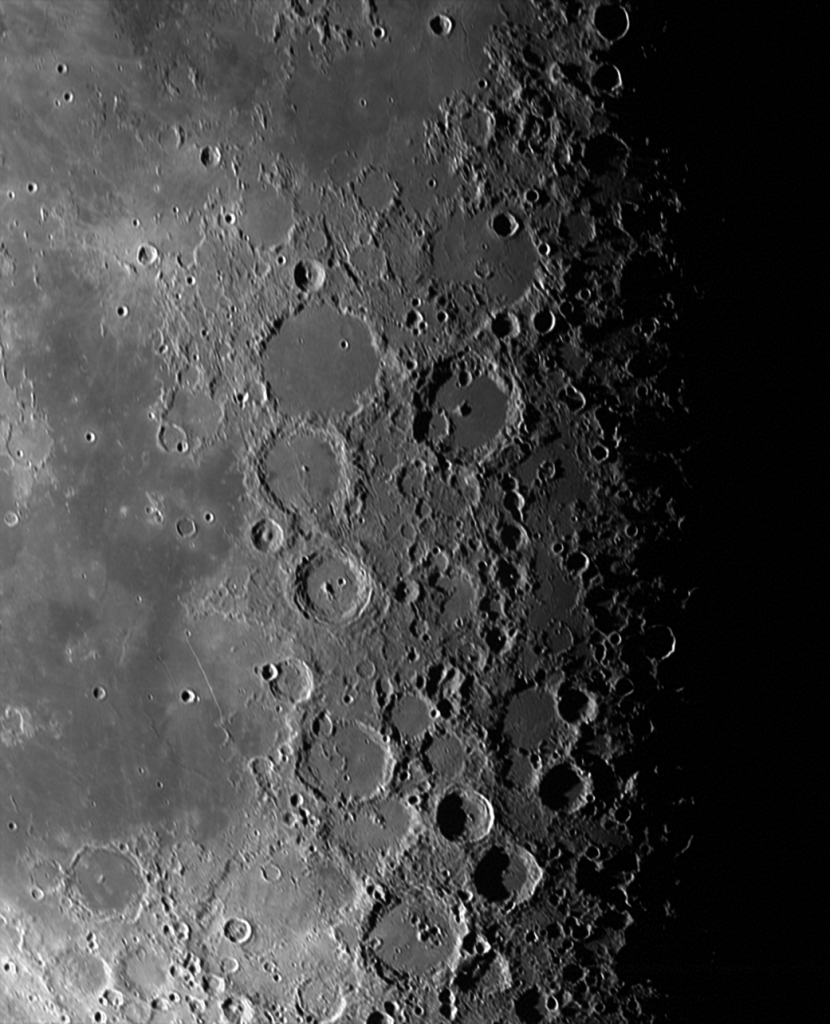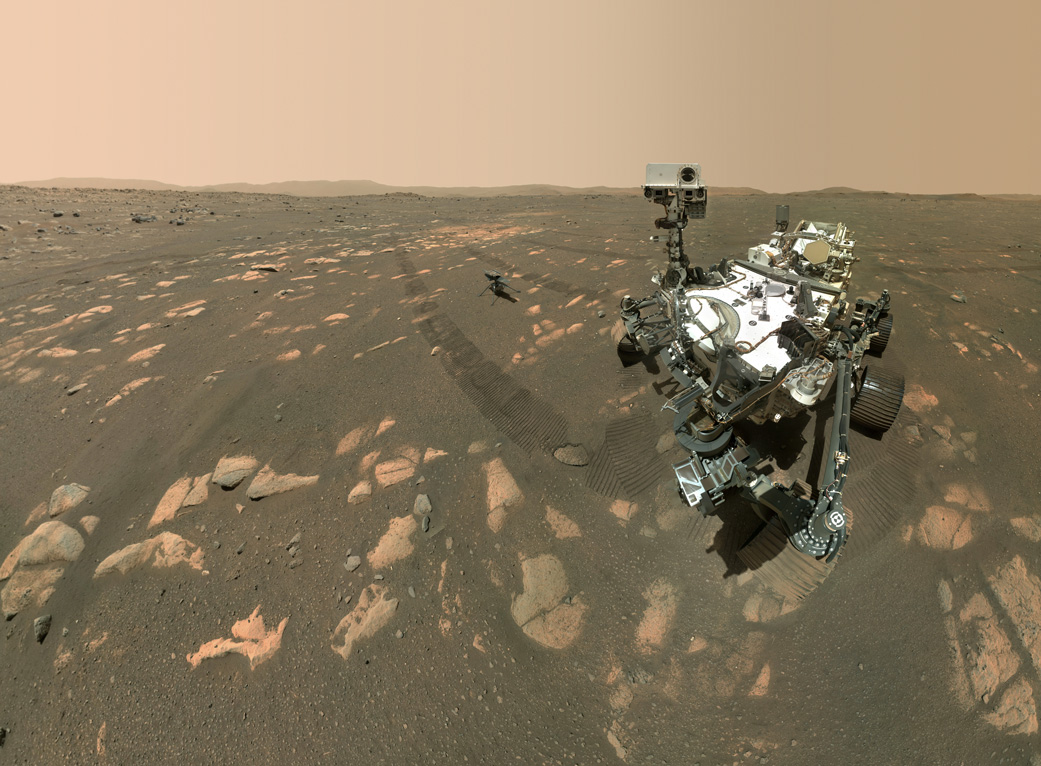After a 2021 filled with complex challenges and extraordinary successes, 2022 is shaping up to be another busy year for NASA.
Receiving the first images from the James Webb Space Telescope, launching the first uncrewed Artemis mission around the Moon and back to Earth, sending NASA science and technology to the surface of the Moon on three missions with our commercial partners, and flying the agency’s first quiet, supersonic plane are just a few of the things NASA has planned in the months ahead.
Ambitious Goals for 2022
Video: NASA in 2022: The Future Is Now
From leading humanity’s Artemis exploration era, to unraveling the hidden mysteries of the universe with our new flagship astrophysics telescope, NASA is poised to reach new highs in the upcoming year.
Once the James Webb Space Telescope is fully commissioned and begins science operations, it will provide an unprecedented window into the universe’s deep past. Serving thousands of astronomers worldwide, Webb will study every phase in the history of our universe, ranging from the first luminous glows after the big bang, to the formation of solar systems capable of supporting life on planets like Earth, to the evolution of our own solar system.
The uncrewed Artemis I mission, expected to launch in Spring 2022, will test the agency’s powerful Space Launch System rocket and the Orion spacecraft together for the first time. The CAPSTONE (Cislunar Autonomous Positioning System Technology Operations and Navigation Experiment) CubeSat will be the first to test precision navigation for a unique, elliptical orbit around the Moon as a precursor to Gateway. NASA’s return to the Moon under Artemis will prepare humanity for our next giant leap to Mars.
On Mars, the next phase of the Perseverance mission will continue its search for ancient microbial life. Scientists will deepen their understanding of the Red Planet as the Perseverance rover explores the delta that formed in Jezero crater billions of years ago from sediment carried by an ancient river that once existed in the crater. Plus, work continues on a future Mars Sample Return mission to collect the Martian rock samples Perseverance collected last year, and deliver them to Earth.
The year ahead will also bring two historic first flights from NASA’s aeronautics program: the X-59 Quiet SuperSonic Technology (QueSST), the first quiet, supersonic plane, and the X-57 Maxwell, the all-electric experimental aircraft.
Meanwhile, NASA will continue to demonstrate its commitment to the economic development of low-Earth orbit. This year the agency will test Boeing’s Starliner for regular crew missions; continue to fly expedition crews to and from the International Space Station with partner SpaceX; and launch NASA’s first private astronaut mission to the space station with Axiom Space.
In deep space, NASA will test new planetary defense technology when the Double Asteroid Redirection Test (DART) mission reaches its target, the moonlet Dimorphos, in late 2022. DART is powered by two Roll-Out Solar Arrays, an innovative compact solar array developed with NASA support. The Imaging X-ray Polarimetry Explorer (IXPE) will study X-ray light from black holes and other extreme cosmic objects.
Closer to home, NASA will put two new technologies to the test that could change how we build future missions. The Laser Communications Relay Demonstration (LCRD) will demonstrate new communications technology, using lasers to send and receive data between Earth and space at rates 10-100 times faster than conventional radio frequency transmission. The Bernard Kutter Low-Earth Orbital Flight Test of an Inflatable Decelerator, or LOFTID, will demonstrate an inflatable heat shield for atmospheric re-entry of heavy payloads, an innovation that could enable human landings on Mars.
Pushing the boundaries of NASA’s space exploration even farther are two upcoming missions: Psyche, targeted to launch in August, will investigate the metal-rich asteroid Psyche, carrying with it the Deep Space Optical Communications (DSOC) technology demonstration, which will test laser communications farther from Earth than ever before; and Gusto, targeted to launch in December, will allow researchers to study cosmic material via a high-altitude, balloon-carried telescope.
Also this year, the launch of several major Earth science missions into low-Earth orbit in 2022 will enhance the agency’s ability to monitor our changing planet. SWOT will evaluate the world’s oceans and their role in climate change; TROPICS will provide improved, rapid measurements of tropical cyclones; EMIT will examine how mineral dust affects human health and the heating and cooling of Earth; and TEMPO will measure pollution of North America.
Major Accomplishments in 2021
Video: We Did Some Amazing Things This Year at NASA
NASA’s ambitious plans for 2022 seek to build on the successes of a remarkable 2021. On Feb. 18, NASA successfully landed the Perseverance rover on the surface of Mars. A few months later, teams piloted the Ingenuity Mars Helicopter – the first powered, controlled flight on another planet – while the MOXIE demonstration converted some of Mars’ carbon dioxide-rich atmosphere into oxygen for the first time.
Throughout 2021, the agency made significant headway in its plans to explore more of the Moon through Artemis. Teams completed stacking of the Space Launch System rocket and Orion spacecraft, which will enable astronauts to travel further into space than ever before. NASA also picked SpaceX to continue the development and demonstration of the first commercial human lunar lander, which will safely carry the next two American astronauts to the lunar surface.
And on Dec. 25, the most powerful space science telescope ever built, the James Webb Space Telescope, launched from French Guiana. A joint effort with ESA (European Space Agency) and the Canadian Space Agency, the Webb observatory is NASA’s revolutionary flagship mission to seek the light from the first galaxies in the early universe and to explore our own solar system, as well as planets orbiting other stars.
Join us as we to pioneer the future in space exploration, scientific discovery, and aeronautics research. Connect with us on Facebook, Twitter, Instagram, Twitch, and our social media channels, or sign up to receive the NASA.gov newsletter in your inbox.




























